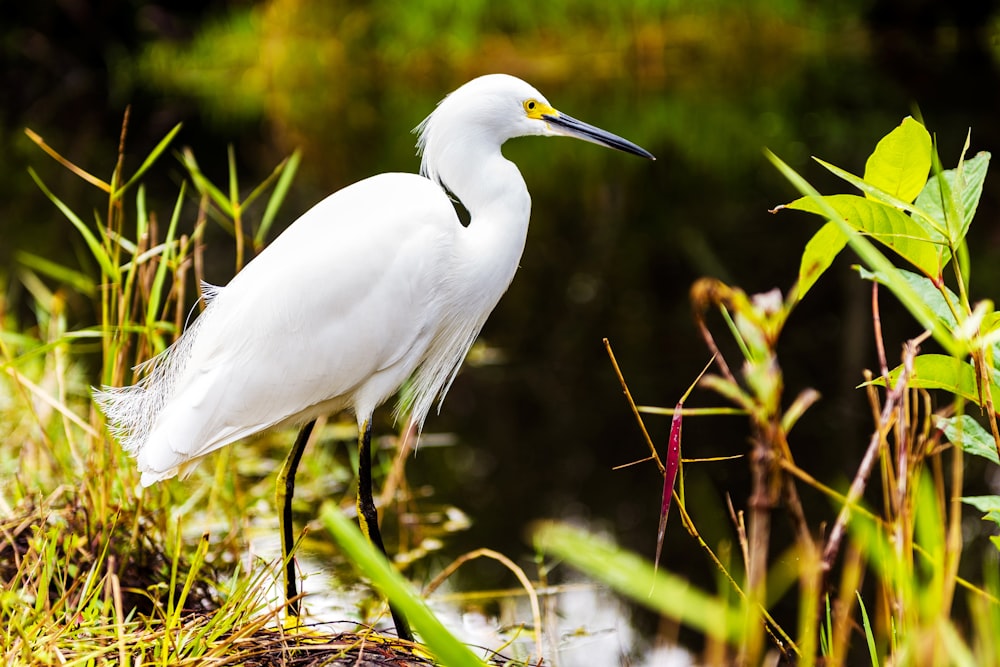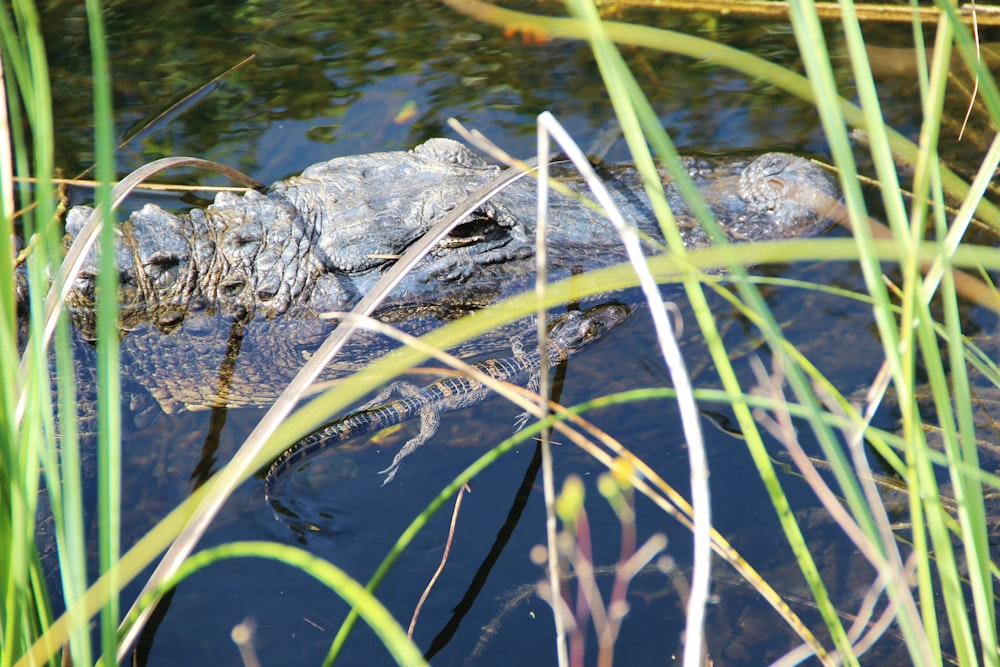
The Everglades National Park is one of 62 protected National Parks in the United States. It encompasses 2,357 square miles, the largest subtropical region preserved today. It took nearly a decade to claim the land as National Park Territory, part of the reason being the vast array of ecosystems preserved by the singular park which also borders Big Cypress National Preserve, The Biscayne National Park and Dry Tortugas National Park. The Everglades and surrounding areas preserve at least nine different ecosystems, and these serve as the home to the most diverse set of plant and animal species in the United States. There are also numerous invasive species to the Everglades including the Florida Panther. These panthers, now endangered, used to roam throughout the southeaster United States, but they are now restricted to about 5% of their historical breeding grounds. They, along with other invasive species aggressively adapted to the Everglades, and are now considered part of the meticulously monitored network of protected wildlife in the region.
Historically, it is one of the more heavily studied park. Hurricane Andrew destroyed some of the aspects of the park including the main visitor center in 1992, and UNESCO added it to the List of World Heritage in Danger. It was added again in 2010 due to the decrease in water flow through the canals west of the park, and increasing pollution from boat tourism. Research in and around the park has been a fascination to environmental scientists for decades. Its large network of ecosystems provides a one-stop shop for photographers, scientists and nature-enthusiasts alike. It is one of the only places in the world, for example, that hosts both crocodiles and alligators!
